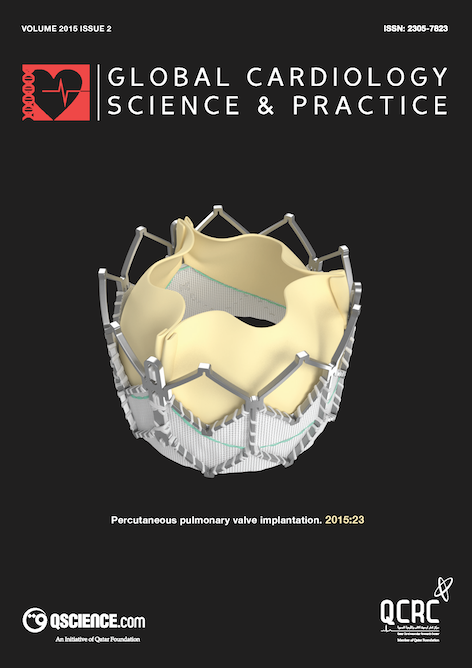Role of cardiovascular magnetic resonance in acute coronary syndrome
Abstract
[first paragraph of article]
Acute coronary syndrome (ACS) represents a life-threatening manifestation of atherosclerosis, which usually occurs in the setting of sudden plaque erosion or rupture with intracoronary thrombosis and partial to complete cessation of the downstream myocardial perfusion. The diagnosis, management, and treatment of the various forms of ACS, which include persistent ST-segment elevation myocardial infarction (MI), non-ST-segment elevation MI, and unstable angina (UA), have rapidly been evolving in recent years with subsequently a significant decrease in early and late mortality. Nevertheless, large multicenter studies have shown despite early and successful reperfusion and optimized medication, the actual hospital mortality remains approximately 7%, not mentioning the evolution towards ischemic heart failure in a considerable number of surviving patients.
Downloads
Published
Issue
Section
License
This is an open access article distributed under the terms of the Creative Commons Attribution license CC BY 4.0, which permits unrestricted use, distribution and reproduction in any medium, provided the original work is properly cited.


